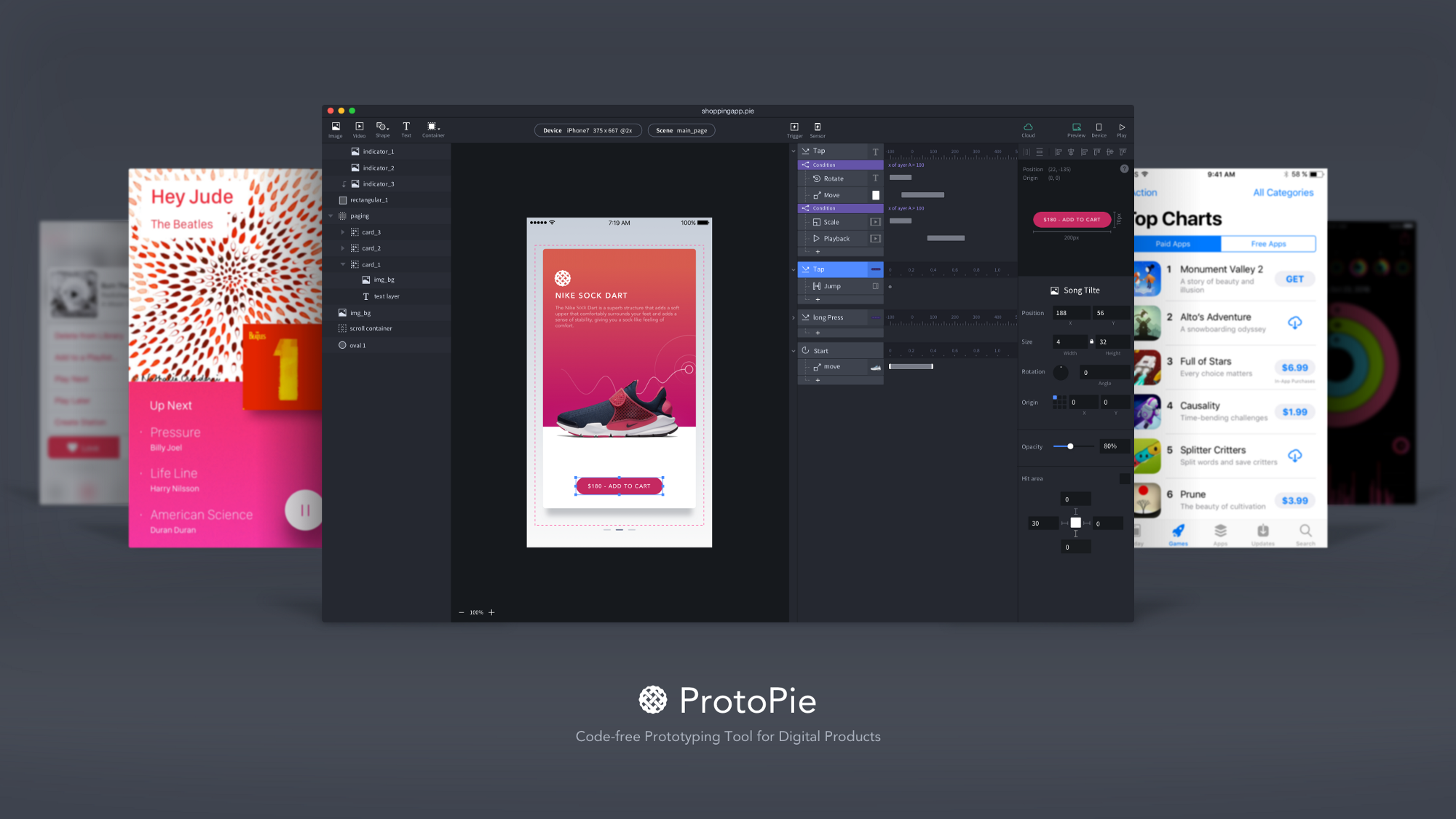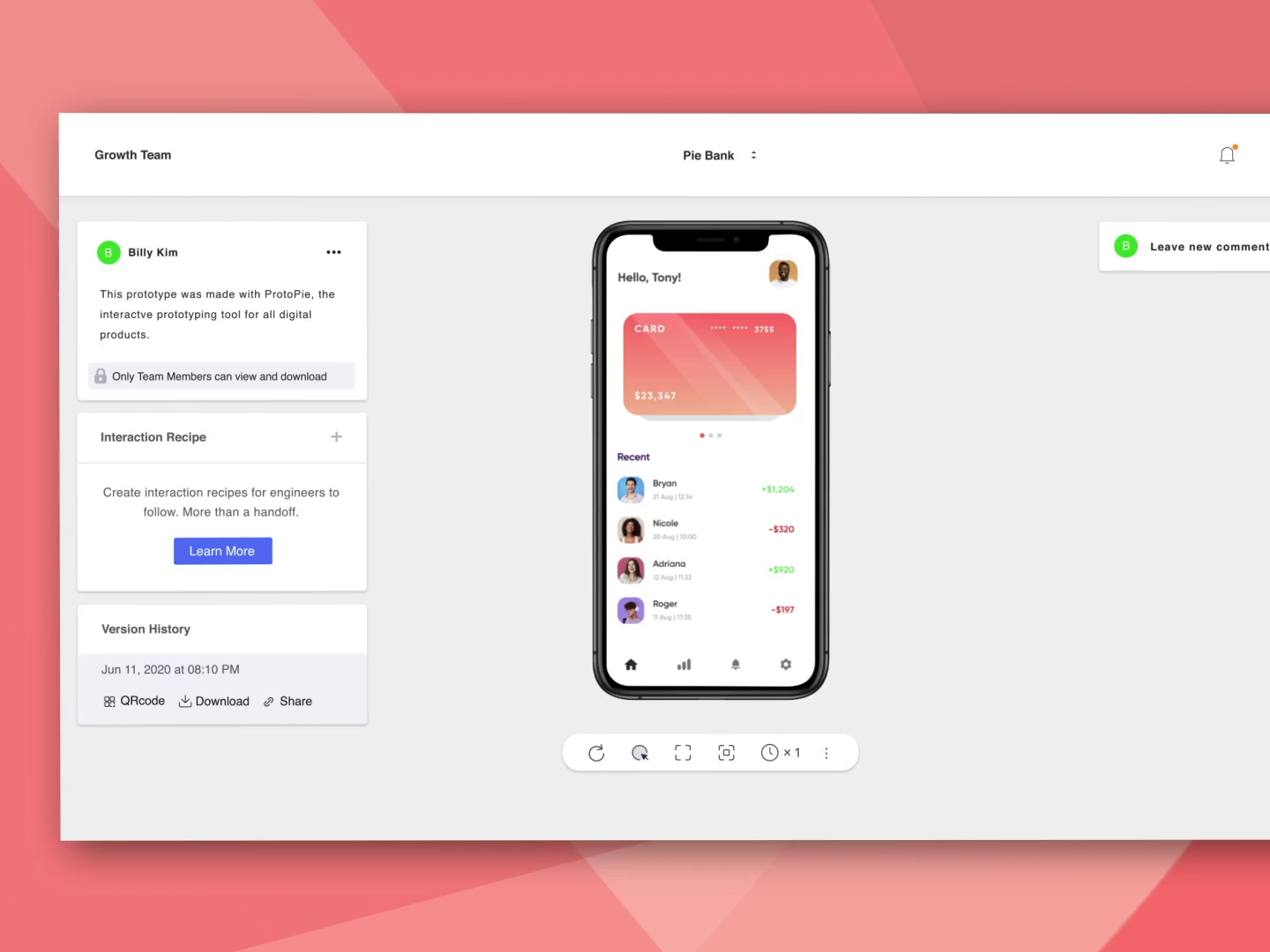

By 1866, over 50,000 instruments were being produced yearly by Tula and neighbouring villages, and by 1874 the yearly production was over 700,000. By the 1860s, Novgorod, Vyatka and Saratov governorates also had significant accordion production. By the 1880s, the list included Oryol, Ryazan, Moscow, Tver, Vologda, Kostroma, Nizhny Novgorod and Simbirsk, and many of these places created their own varieties of the instrument.
#PROTOPIE MUSIC FREE#
The accordion is one of several European inventions of the early 19th century that use free reeds driven by a bellows. An instrument called accordion was first patented in 1829 by Cyrill Demian, of Armenian origin, in Vienna. Demian's instrument bore little resemblance to modern instruments. It only had a left hand buttonboard, with the right hand simply operating the bellows. One key feature for which Demian sought the patent was the sounding of an entire chord by depressing one key. His instrument also could sound two different chords with the same key, one for each bellows direction (a bisonoric action). Arduino allowed me to attach multiple sensors to the user interface I built in ProtoPie, which enabled me to quickly change interfaces while trying it out with the actual hardware.At that time in Vienna, mouth harmonicas with Kanzellen (chambers) had already been available for many years, along with bigger instruments driven by hand bellows. ProtoPie worked seamlessly with Arduino and we were able to build a usable prototype in 2 days. In a collaborative student project, we built a multi-screen device that allows users to select albums, scroll through album artwork, control volume, and so much more. The next song-any song in the world-is just a click away. Listening to music today can be an anti-climactic experience. The Solution : How ProtoPie helped Kay accomplish his objectives You’ll know what I mean if you’ve ever read through their documentation on triggers, responses, formulas, and variables-it’s an endless horizon of creative potential. ProtoPie is a breathtakingly powerful rapid prototyping tool.

It’s an intuitive, easy-to-use rapid prototyping tool that fulfills 99% of your prototyping needs.īut don’t be deceived by its easy, user-friendly layout. Moreover, it’s a scalable tool ideal for collaborative projects and works on almost all devices. In other words, ProtoPie strikes the perfect balance between design and tech.
#PROTOPIE MUSIC SOFTWARE#
Learn more about connecting hardware and software with ProtoPie.Įssentially, ProtoPie gives designers the freedom to make advanced structures with variables, triggers, and responses-all in a code-free environment. Not only is it the best prototyping tool for collaborative projects, but you can link it to hardware like Arduino in a code-free environment with high-precision animation controls and built-in triggers. This gives you more freedom to focus on exploring and designing than simply developing. The best prototyping tools allow for rapid prototyping and give you detailed control of animations and interactions. I didn’t need the freedom of fully coding, but I needed something with a bit more pazazz than Figma. When it came to the Tiles Project, I needed high-fidelity prototyping software that could seamlessly link with hardware like Arduino. I was introduced to ProtoPie while working at BMW Group and I’ve not looked back since-it has helped me turn my ideas into reality, allowing me to explore the infinite horizons of interaction design. I occasionally used Figma, but was always disappointed by the lack of controls for smart animations. Processing is outdated, especially when it comes to animation. To do this, I need a rapid prototyping tool that enables me to demo hi-fi interactions.įor most of my career, I used a combination of Arduino and Processing. I love fusing the physical and digital worlds-gluing together hardware and software and seeing what works. It allows you to be confronted by the potential of your ideas-to explore, validate and iterate concepts. Prototyping is an essential part of my product design process. Kay van den Aker page The importance of hi-fi prototyping


 0 kommentar(er)
0 kommentar(er)
